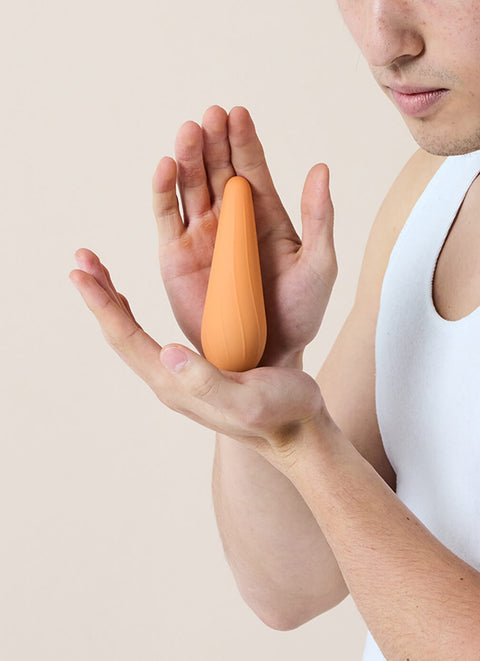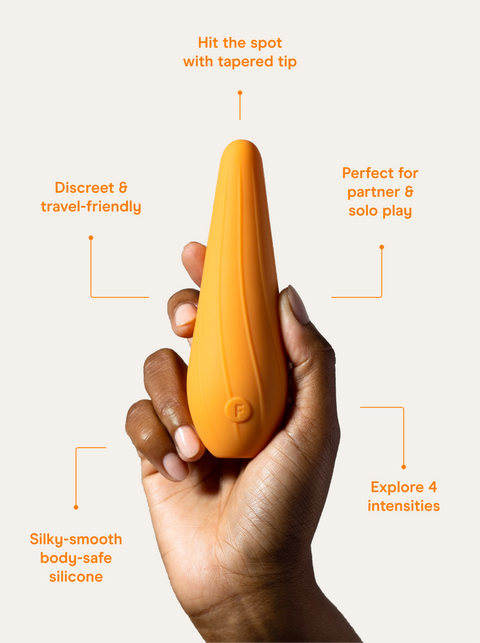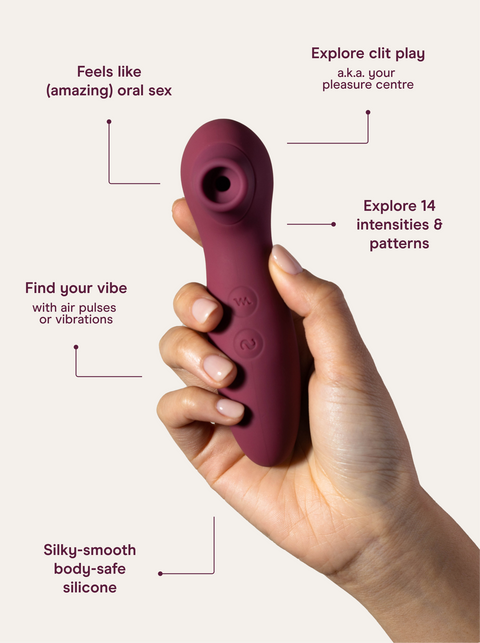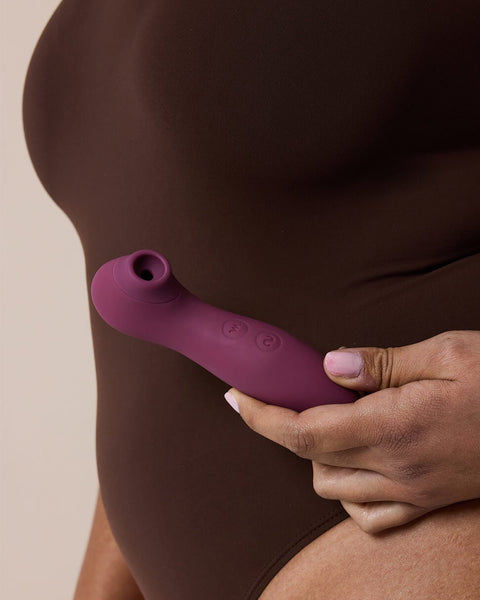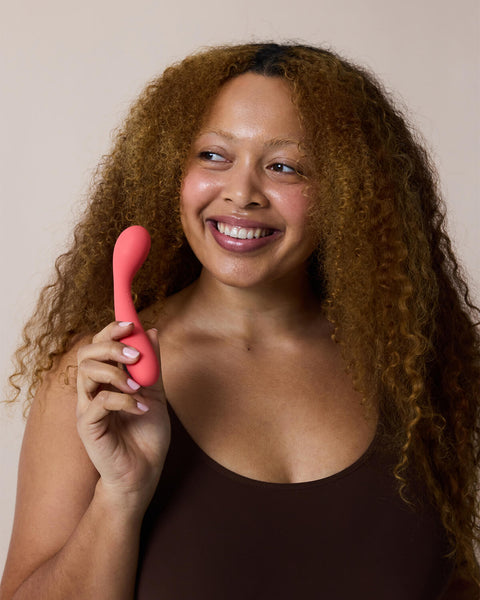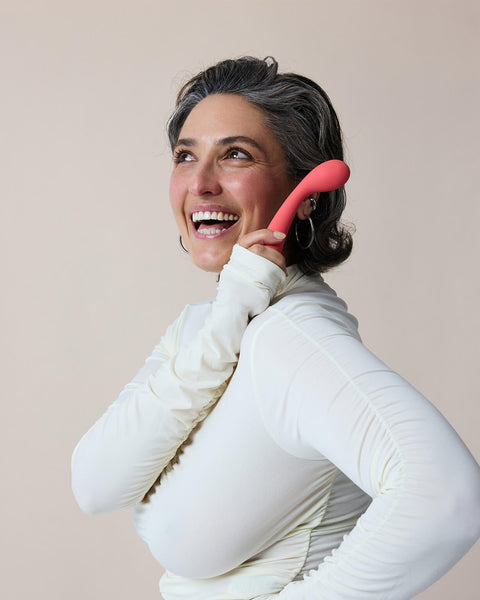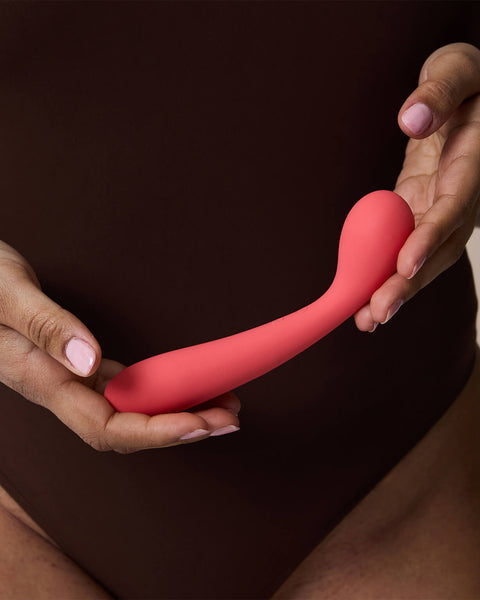If you’re not totally familiar with the term patriarchy, it essentially refers to a system in which men have disproportionate or unfair control. Some contemporary examples of this include women being expected to take their male partner’s name after marriage; unpaid domestic labour being primarily performed by women; and same-gender couples facing assumptions that the more ‘masculine-presenting’ of the two must ‘wear the pants’, or make the bulk of the decisions for the couple.
Patriarchy isn’t just something that affects women, either: it can also have negative impacts for men. If you’re a man and you’ve ever felt like you couldn’t be emotional; had to be both physically and emotionally strong at all times; or couldn’t do something simple like wear pink, order a soy latte, or enjoy pop music, you’ve likely felt the effect of the patriarchy.
We love that it’s become really common to call out patriarchal beliefs in everyday life, and we support people of all genders in challenging both the patriarchy and gender stereotypes. In this blog, we’re going to look at how the patriarchy can affect the way we behave in our most intimate relationships, and how you can give the patriarchy the boot from your bedroom.
***
Okay, we can imagine what you’re thinking already: no way. The patriarchy isn’t in my bedroom. It’s 2024, and I’m way beyond that.
And that may be the case! But we’re not necessarily talking here about overtly patriarchal habits or behaviours. Sometimes the patriarchy can be present in little things that we’ve always done and never questioned, like how men are expected not to cry or be emotional, or how women are expected to wait for men to make the first move. These tropes can also emerge in lesbian dynamics where more feminine-presenting (or ‘femme’) lesbian might assume she needs to wait for her more masculine-presenting (or ‘butch’) crush to ask her out.
There are heaps of ways that patriarchal beliefs can impact all of us, especially in the bedroom. Here are a few really common ones—and how you can counter them!
The patriarchy says: sex is over when the man comes.
We say: sex should be over when everyone is satisfied.
It’s a situation so common that it’s become a TV and movie trope: a heterosexual couple are in bed. The guy orgasms and rolls off the woman, exhausted and very happy. The woman lies still, gazing up at the camera. We can tell she’s thinking, “Is that it?”.
This belief is patriarchal because it assumes that once the man orgasms, there’s no need for sex to continue. It can also infer that women are ‘difficult’ to pleasure, or that the woman should orgasm during sex without any extra effort or attention. (This often doesn’t happen, by the way: when we did our Big Sex Survey in 2022, less than half of the women we spoke to said that they orgasmed during penetrative sex.) And this belief can also impact same-gender couples: it’s also often assumed that sex ends when the top has orgasmed, rather than when both the top and bottom have come.
To challenge this belief, we first encourage you to check in with your partner next time you’re in the bedroom and ask them, directly, if they feel satisfied, fulfilled or pleasured (use your preferred term here!). If not, you can ask them what they’d like to do: “I’d love to know that you feel as satisfied as I do. Did you want me to use that vibe on you? Or I could go down on you…?”. Partnered sex should prioritise the pleasure of both people.
The patriarchy says: the guy should make the first move.
We say: mix things up!
The belief that ‘the guy’, or the more masculine-presenting partner, should make the first move is super ingrained in us. So much so, in fact, that if a woman—or a more feminine-presenting person—shows interest or makes a move first it can be seen as ‘too forward’ or ‘aggressive’.
We think this patriarchal belief is super limiting, not only because everyone should be able to feel free to express their interest in others, but because it can make people feel undesired or unattractive if they’re forever having to make the first move. Whether it’s asking a cute stranger for their number or letting a long-term partner know that you’d like to get hot and heavy, there’s definitely a gendered assumption that one partner should be more assertive while the other is more receptive and passive.
We reckon it’s time for a change. As long as you’re getting good vibes from that cute stranger and you can sense their interest, there’s no reason why you can’t ask for their number—regardless of your gender. And if you’re in a long-term relationship and you’ve noticed that you often wait for your partner to communicate their interest before you have sex, switch things up. Next time you’re in the mood, let them know.
The patriarchy says: sex toys are mostly for women.
We say: no-one should miss out on the fun!
There are a lot of sex toys designed for vulvas and not as many made for penises. Additionally, toys that could easily be enjoyed by all people —like anal toys and vibrators—are often marketed to cis women only, meaning that cis men
miss out on what could be a world of fun.
In Vice, Lux Alptraum argues that toys designed for male bodies are often designed to replicate the sensation and experience of sex, while toys designed for female bodies are designed to give pleasure. We see this often, and we agree. We think there’s also a hidden patriarchal belief in this: it’s assumed that men primarily desire intercourse, and would only use a sex toy as a substitute for it. On the other hand, it’s assumed that women may be more flexible in how they receive pleasure, and as such can use a range of different toys to experience it.
Sex toys should be for any adult who wants to use them, regardless of gender! That’s why we created so many of ours without specific sexes or body parts in mind—just the hope that people of any gender would use them and enjoy them. So next time you’re considering a new toy purchase or you’re about to use your old favourite, think of your partner and ask yourself if there’s a way to integrate that toy into your play. You might just be surprised at some of the creative ways you can use it together.





